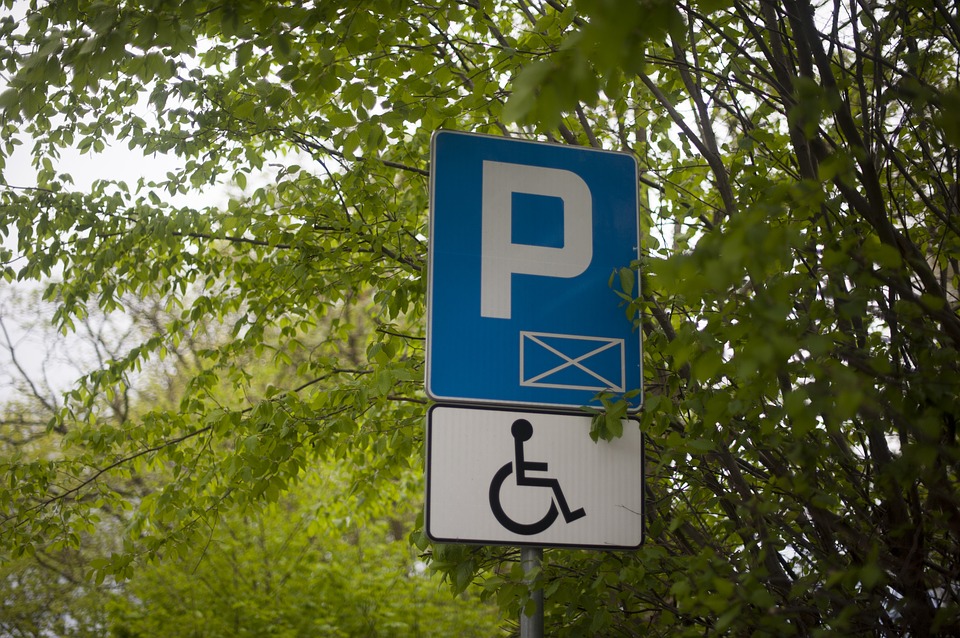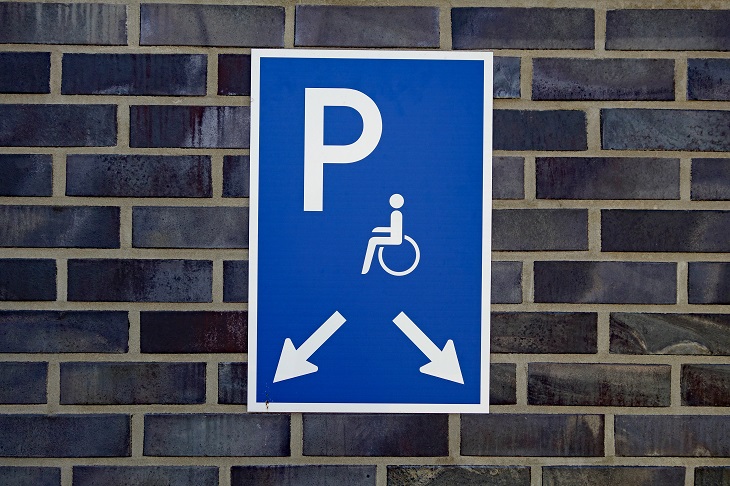The 3 Different Types Of Disabled Parking Spaces

Disabled parking spaces are vital things. To millions of disabled Americans, handicap parking spaces are invaluable lifelines they simply couldn’t get by without.
Disabled parking spaces ensure a core human right that is essential to wellbeing: equal access to the amenities throughout our country. We are all in this together, and disabled parking spaces enable those of us who lack mobility to partake fully in society.
Handicap parking spaces are rightly recognized as crucially important by jurisdictions and citizens all across America. Their upkeep and proper usage is always a high priority, and they are strictly regulated and protected by federal law.
New disabled permit holders might not know much about disabled parking spaces. They may have questions such as: Are there different types of handicap parking spaces? What are the different types of disabled parking space and how should each be used? How can you recognize the difference between the different types of disabled spaces? Does my disability, type of permit, or the vehicle I’m traveling in limit the type of space I can use?
Let’s answer these questions right now.
Are There Different Types Of Disabled Parking Spaces?
Yes, there are three different types of disabled parking spaces in America. The reason there are three types is so the disabled parking program can serve the widest possible group of disabled parking permit holders. The aim is for all disabilities and all vehicle types to be catered for.

What Are The Different Types Of Disabled Parking Spaces?
The three different types of disabled parking space are:
- Accessible parking spaces for cars
- Accessible parking spaces for vans (one-sided entry)
- Accessible parking spaces for vans (two-sided entry)
What Law Regulates Disabled Parking In America?
The Americans With Disabilities Act (ADA) is the federal law that regulates disabled parking spaces in America. The law covers the types of spaces, their dimensions, the number of spaces there should be in any area, and the positioning and placement of spaces.
How Can You Tell The Difference Between The Different Types Of Disabled Spaces?
Accessible parking spaces for cars are for standard vehicles without a wheelchair ramp or lift. These spaces are marked by the International Symbol of Access (blue and white wheelchair symbol). They have at least a 60-inch-wide aisle to allow a person in a wheelchair room to enter and exit the vehicle.
Accessible parking spaces for vans (one-sided entry) are for vehicles that have a ramp or lift. These spaces are marked with the International Symbol of Access and have a striped access aisle on the driver’s side that is at least 96 inches wide.
Accessible parking spaces for vans (two-sided entry) are similar to those with one-sided entry. The only difference is that they have an access aisle on both sides.
How Can You Know Whether Parking In A Certain Space Is Appropriate For You?
The right parking space depends on whether or not the vehicle you are driving has a ramp or lift, and who is traveling in the vehicle at the time in question. If your vehicle has a side door with a ramp or lift, then you will need to use a van space. The lift or lamp is the pertinent issue, as more space is required to enter and exit a vehicle using one of these devices.
If you are a wheelchair user who does not use a ramp or lift, then you can use a car space, because the 60-inch-wide aisle will be enough. Whether you are traveling in a car, van, or SUV, these spaces will be large enough provided you will not be using a ramp or lift.
If your vehicle has a ramp or lift on both sides, and passengers will be entering and exiting on both sides, you will need to use a van space with two-sided entry.

How Many Disabled Spaces Are Parking Lots Required To Contain?
Under the ADA, all parking lots must contain disabled parking spaces, including at least one space for vans. The amount of mandatory disabled spaces increases with the size of the parking lot.
For example, smaller parking lots with 1–25 spaces must contain at least one accessible parking space for vans. For larger parking lots of between 501–1000 spaces, 2% of total spaces must be disabled, including 2–4 accessible parking space for vans.
How Do You Get A Disabled Parking Permit?
If you do not yet have a disabled parking permit, the easiest way to get one is to apply through Dr. Handicap. You’ll have a telemedicine consultation with a registered physician, who will examine you, recommend the type of disabled permit you will need, and provide you with a letter of recommendation.
Featured image by Binyamin Mellish on Pexels